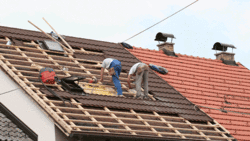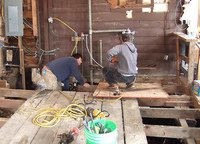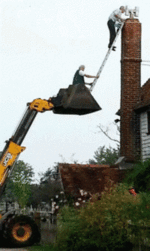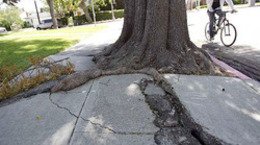International Property Management Code
/November 2017
by Bryce Given
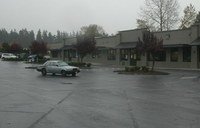 The 2015 International Code Council (ICC) Model Building codes for commercial and residential construction projects include the International Property Management Code (IPMC), which is designed to provide “the standards for supplied utilities and facilities and other physical things and conditions essential to ensure that structures are safe, sanitary and fit for occupation and use; and the condemnation of buildings and structures unfit for human occupancy and use, and the demolition of such existing structures as herein provided.” This and all other ICC codes are revised every three years following the ICC 3-year revision cycle.
The 2015 International Code Council (ICC) Model Building codes for commercial and residential construction projects include the International Property Management Code (IPMC), which is designed to provide “the standards for supplied utilities and facilities and other physical things and conditions essential to ensure that structures are safe, sanitary and fit for occupation and use; and the condemnation of buildings and structures unfit for human occupancy and use, and the demolition of such existing structures as herein provided.” This and all other ICC codes are revised every three years following the ICC 3-year revision cycle.
In Washington, the State Building Code Council (SBCC) and its Technical Advisory Group reviews the ICC Model codes, holds hearings, and makes the final determination on which codes they will adopt for the State of Washington. At the local level, individual jurisdictions often adopt and amend the Codes, tailoring them to their specific needs. However, we have found that in some jurisdictions, the International Property Maintenance Code (IPMC) may not be adopted in full or even at all.
This code provides standards for premises to be maintained. It states that “Except as otherwise specified herein, the owner or the owner's authorized agent shall be responsible for the maintenance of buildings, structures and premises.” In addition, “Repairs, maintenance work, alterations or installations that are caused directly or indirectly by the enforcement of this code shall be executed and installed in a workmanlike manner and installed in accordance with the manufacturer's instructions.” A sample of building elements covered includes: walkways, stairs, driveways, parking spaces, walls, roofs, doors, windows, and drainage.
The IPMC does not place the same standards on “existing buildings or structures designated as historic buildings where such buildings or structures are judged by the code official to be safe and in the public interest of health, safety and welfare.”
Owners and/or their authorized agents with commercial or multi-family properties regulated by this IPMC code would do well to have some working knowledge of the relevant sections and how they might apply to their properties.
